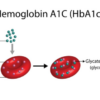- Test Name: Sputum Cytology Series Test Code: 009076 CPT Code: 88108
Synonyms: Sputum Cytology
Special Instructions: Complete patient information, including name, DOB, sex, Social Security number, history of malignancy, drug/radiation therapy, exposure to carcinogens, and other relevant clinical details must accompany the request. For induced sputum, coordination with Inhalation Therapy is necessary. Admitting diagnosis and significant clinical history should also be provided.
Expected Turnaround Time: Results are typically available within 1 day from specimen pickup. Allow extra time for confirmatory or reflex tests if needed.
Specimen Requirements:
Specimen Type: Expectorated sputum (not saliva or nasal aspirates) Optimal Volume: 30 mL Minimum Volume: 3-5 mL Container: Plastic sputum container with Saccomanno fixative
Collection Instructions:
- Patients should perform oral hygiene prior to collection.
- Collect first morning sputum directly into a container with Saccomanno or 50% ethyl alcohol fixative over three consecutive mornings.
- Ensure the container is sealed and shaken vigorously post-collection.
Storage and Transport: Keep the specimen at room temperature.
Patient Preparation: Instruct patients to clean their mouth thoroughly before specimen collection.
Rejection Criteria: Samples may be rejected for reasons such as improper labeling, absence of fixative, presence of saliva or nasal aspirates, or if the specimen is frozen.
Test Utilization: This test is used to identify primary or metastatic neoplasms and assist in diagnosing respiratory infections caused by various pathogens, including herpesviruses and fungi, as well as conditions like asbestosis.
Limitations: A specimen may be deemed unsatisfactory if pulmonary macrophages are not present for evaluation.
Methodology: Specimens are prepared using direct smears or slides with the Saccomanno technique and are examined microscopically after Pap staining.
2. Test Name: Gram Stain Evaluation With Sputum Culture Reflex Test Code: 182352 CPT Code: 87205
Special Instructions: A Gram-stained smear is recommended for all sputum samples to assess specimen quality before bacterial culture is initiated.
Turnaround Time: Expect results within 2 to 5 days from specimen pickup. Some cases may require additional time for reflex or confirmatory testing.
Specimen Collection and Requirements:
Specimen Type: Expectorated sputum Volume Required: 5 to 10 mL (optimal); 1 to 2 mL (minimum) Container: Sterile, screw-cap container
Collection Instructions:
- Prior to collection, patients should brush teeth or rinse mouth to minimize contamination.
- Deep cough-generated sputum should be expectorated directly into the container, ensuring the presence of mucus and not saliva.
- Confirm that a sufficient quantity of sputum (at least 1 mL) is collected.
Storage and Transport: Store the sample between 2°C to 8°C and transport it to the lab as soon as possible.
Patient Preparation: Patients should remove any dentures, perform an oral rinse, and gargle with water before collection. It is crucial to distinguish between sputum and saliva during expectoration.
Rejection Criteria: Samples may be rejected for reasons such as mislabeling, leakage, use of inappropriate containers, delay in transport, or poor-quality sputum with high levels of squamous epithelial cells.
Test Utilization: This test evaluates sputum sample quality for aerobic bacterial culture and determines the necessary scope of the culture work-up.
Limitations: Quality sputum samples should have abundant neutrophils and minimal squamous epithelial cells. Samples with ≥25 squamous epithelial cells per low power field (lpf) suggest saliva contamination, necessitating a new specimen for accurate culture interpretation.
Clinical Relevance: Gram stain results can support diagnoses like pneumococcal pneumonia. However, sputum culture may not always identify the causative pathogen in bacteremic cases.
Methodology: The evaluation involves both microscopic examination (Gram staining) and bacterial culture.
Additional Information: If a specimen is deemed unacceptable, the client will be notified. Acceptable samples will undergo culture for pathogen isolation, with subsequent identification and antimicrobial susceptibility testing if required. The culture typically identifies pathogens such as Staphylococcus aureus, Haemophilus influenzae, and others. For agents like Bordetella pertussis or Mycobacterium tuberculosis, special laboratory procedures are necessary and should be indicated by clinical suspicion.


